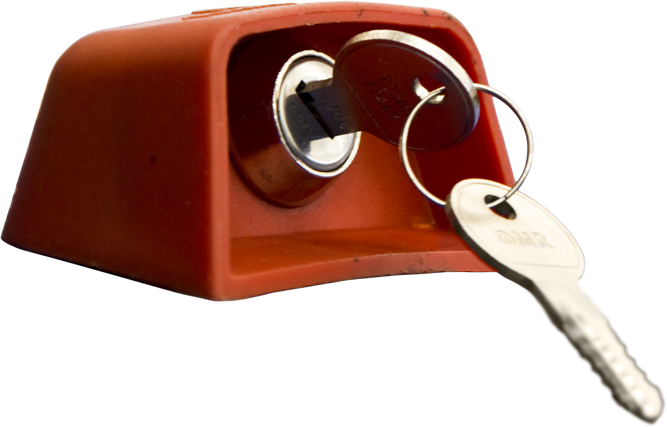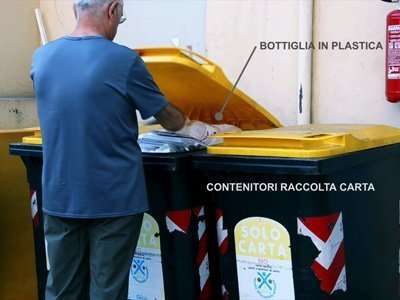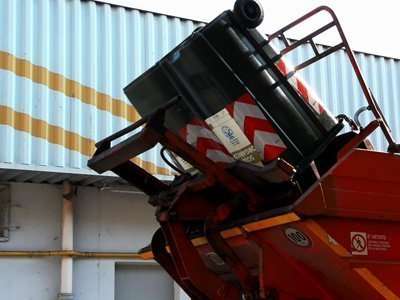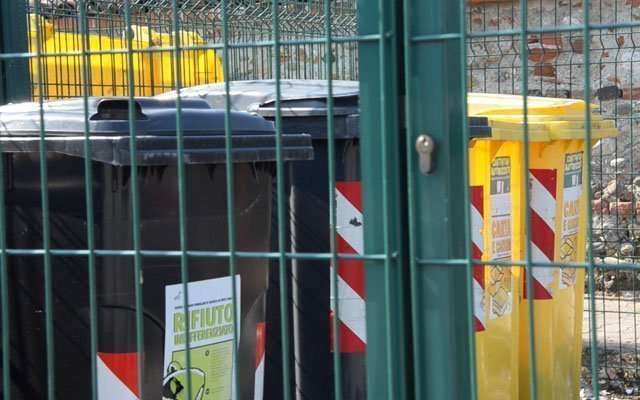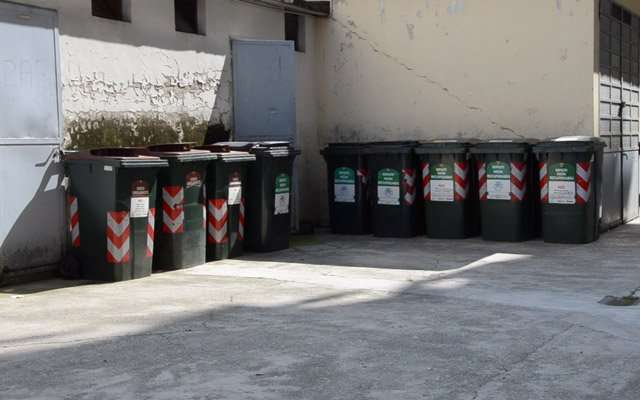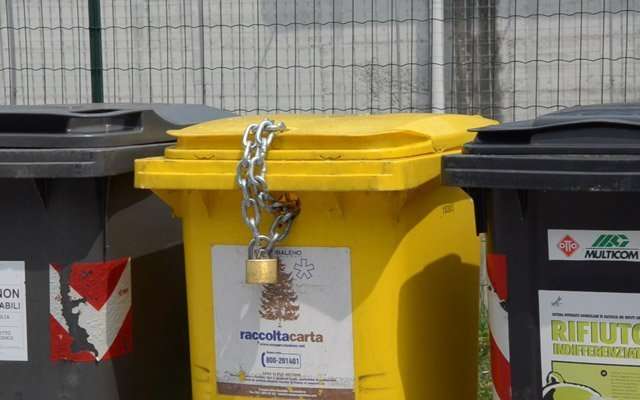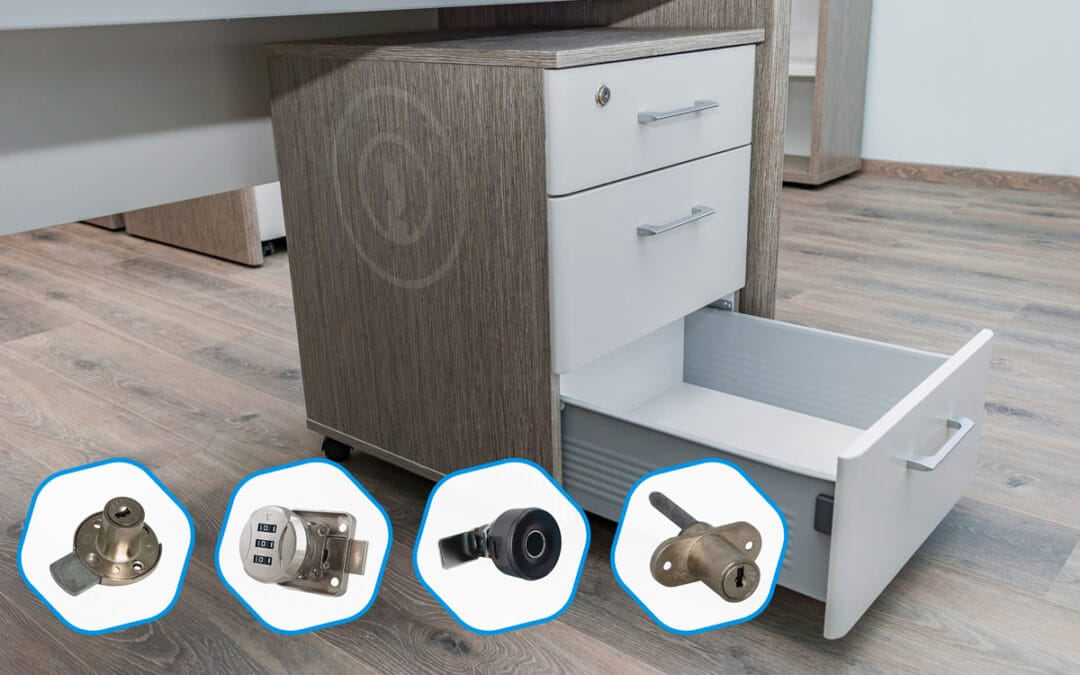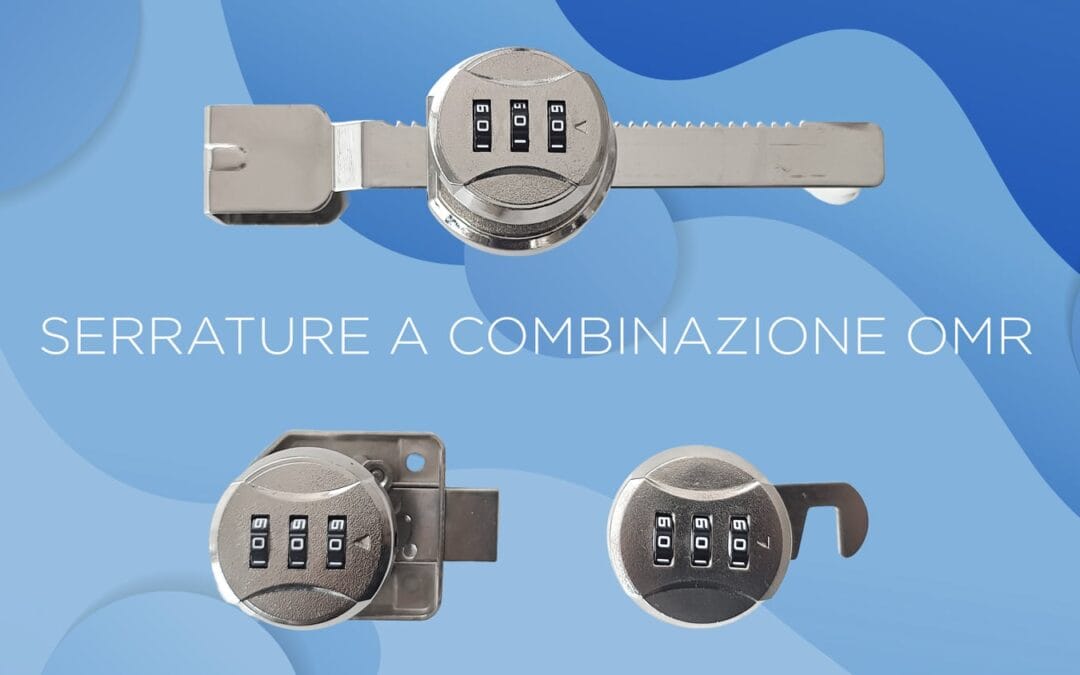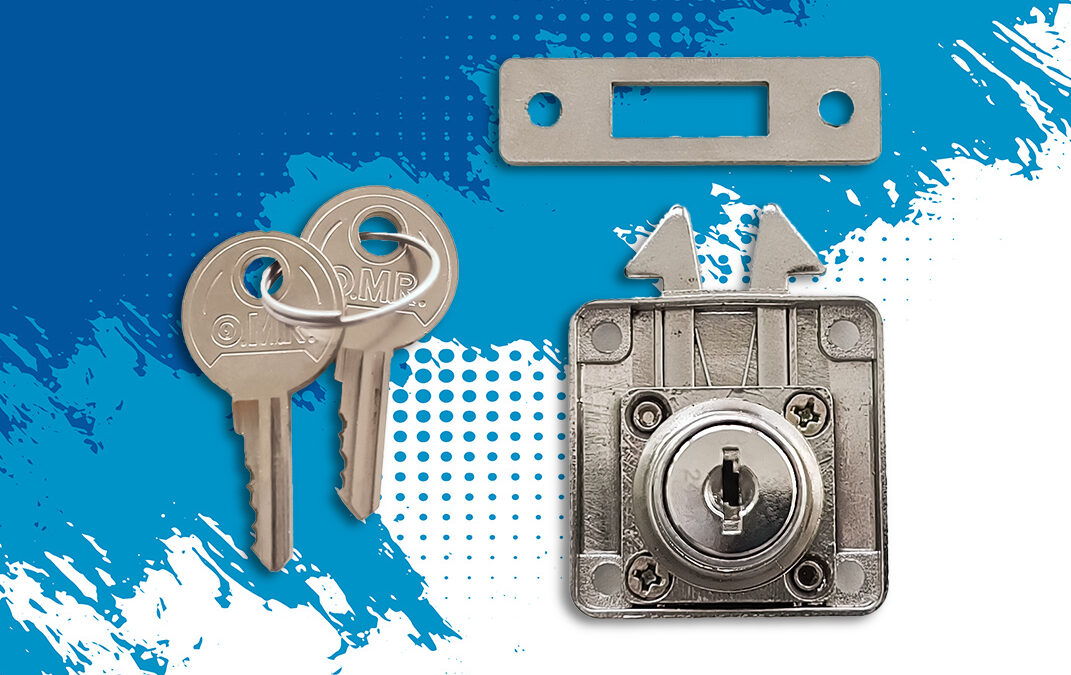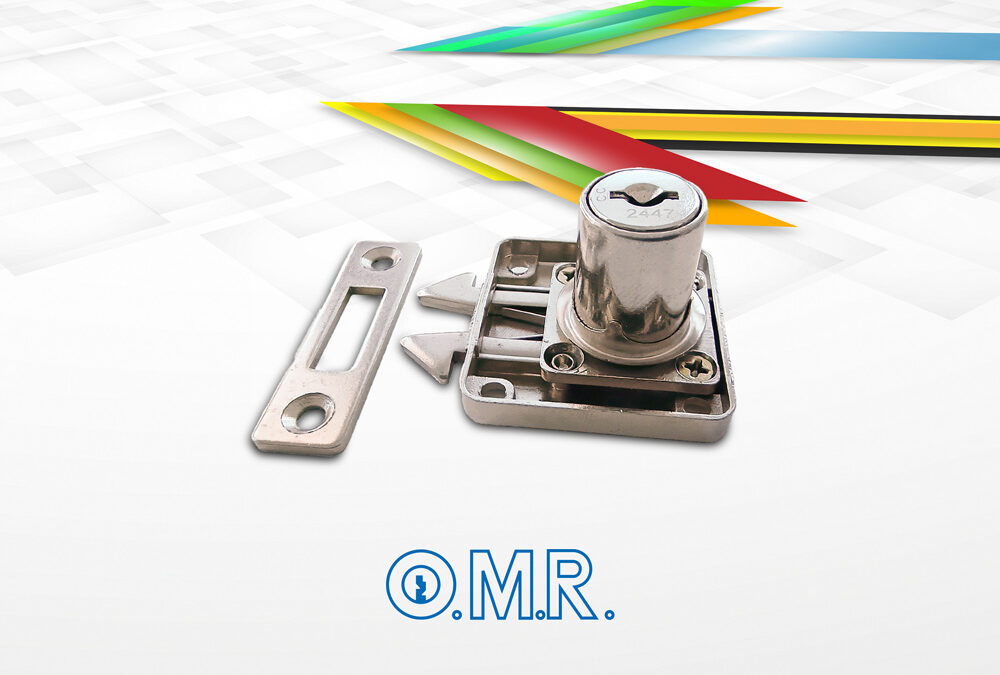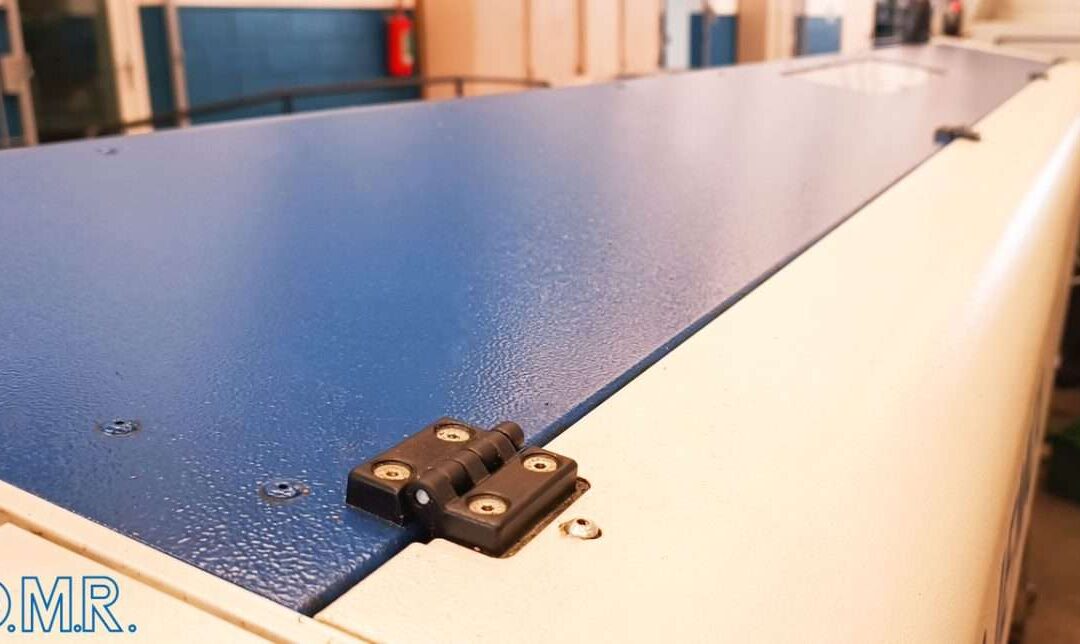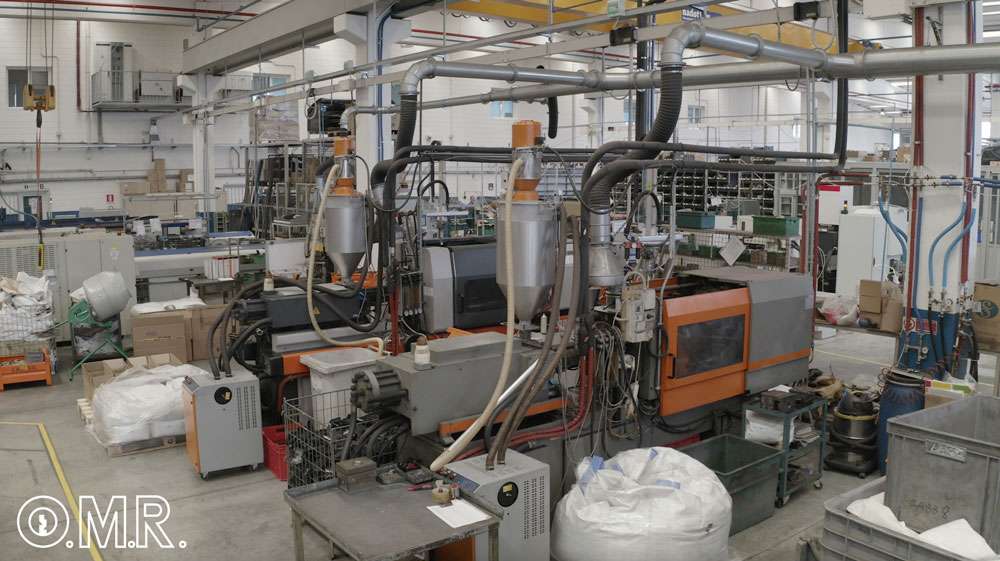Why make the separate waste collection?
Sorting is an action that has become part of our daily lives; with a little organization, even if we have little space, sorting becomes a good habit.
But many still don’t know the direct and indirect advantages and benefits people can derive from it.
- To reduce waste taken to landfill and to limit the use of raw materials in making new products.
- Because we owe it to our children.
- To safeguard the environment and reduce the environmental impact of waste stored in classic landfills or incinerators.
Dividing one’s waste into different garbage bins brings advantages and benefits
Dividing one’s waste properly benefits the environment by polluting it less, the community by making the streets cleaner, and the health of the individual citizen.
The positive effects are also of an economic nature.
First of all, the economic savings on disposal costs, the greater efficiency during collection operations, the greater use of recycled materials.
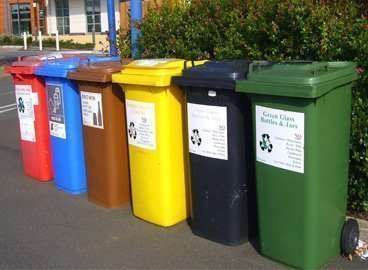
How to sort easily and effectively
OMR has decided to meet an ever greater need: increasing safety and reducing risks.
Today, systems to protect one’s waste are expensive and inconvenient for both the citizen and the collection agency.
Thanks to the gravity lock produced by OMR and applicable to wheeled garbage bins, garbage collection becomes easier, more effective, and avoids getting fines due to uncivilized gestures (for example: introducing paper into the plastic bin).
Benefits of OMR gravity lock for two- and four-wheel waste bins
Thanks to the protective treatments our gravity locks receive, they are immune to the corrosive action of waste (e.g., contact of carbonated beverages or medicines with the lock).
Strengths:
- Easily installed with drilling and fastening jig
- Applicable on any type of garbage bins (120, 240, 360 and 1100 liters).
 |
REVERSIBLE KEY WITH KEY CODING FROM 2001 TO 2200 AND PASS-PARTOUT SYSTEMS |
 |
TRIANGULAR KEY WITH AUTOMATIC RETURN SPRING |
Separate waste collection: methods and benefits
Sorting is an action that has become part of our daily lives; with a little organization, even if we have little space, sorting becomes a good habit that leads to significant benefits.
Even if started slowly, in Europe the separate collection is growing, with numerous municipalities that from north to south stand out for the excellent levels reached.
Why sorting waste?
First of all it is a duty towards our children: the health of the planet is also ours.
Properly dividing one’s waste, following the 4Rs rule – Reduce, Reuse, Recycle and Recover – benefits the environment and the community.
Among the main advantages of waste collection we find:
It reduces waste taken to landfill and limits the use of raw materials in making new products, saving the planet’s natural resources. An example? Each of us produces about 35 kg of plastic waste each year: if this plastic were completely recycled, almost 12,000 tons of oil and coal would be saved in a town of 100,000 inhabitants!
How to separate waste in a simple and effective way?
Every citizen, with a conscience, is expected to set a limit to resource waste and pollution by correctly dividing waste and wasting less. Buying products on tap, preferring glass to plastic so you can reuse the packaging are virtuous attitudes that, when combined with the habit of separate collection, can produce visible change and partially reverse the fate of a planet suffering from rising temperatures and climate change.
In municipalities, special waste bins with colors that vary according to location (yellow, green, white, brown, red, and even fuchsia) allow for proper waste disposal.
But how to sort the waste properly?

Paper and cardboard garbage bin
Newspapers, books, packaging, paper boxes, cardboard, and advertising sheets.
No plasticized papers or soiled handkerchiefs should be inserted.
Crush the boxes to reduce the volume.

Glass waste bin
Glass bottles, glasses, vases and jars.
Do not include ceramics, porcelain, mirrors and light bulbs.
It should be delivered loose without a bag and possibly without any label.
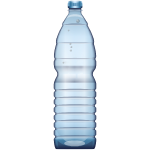
Container for plastic
Bottles of water and soft drinks, bottles of detergents, shampoos, liquid soaps, detergents and other household and personal cleaning products, packages, tubs, plastic or Styrofoam containers for eggs, food and miscellaneous items, yogurt pots, shopping bags and sacks, films, films, strapping, cellophane, bags for clothing packaging, fruit and vegetable boxes.
Plastic toys, plastic electronic components or bulky objects should not be placed.

Organic waste bins
Food waste, kitchen scraps, pruning waste, dried flowers and plants.
Organic is anything that can end up in the compost bin.
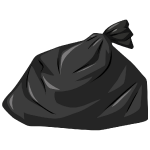
Undifferentiated garbage bins
Toys, paper handkerchiefs with organic residue showing prints, cream tubes, tampons, coat hangers, bulky plastic items.
Into the undifferentiated goes all those materials that cannot be recycled.

Expired medicines
Special containers for depositing expired medicines are available at pharmacies or ASL clinics.
You can take the medicines out of the boxes; these can be recycled into paper containers.

Spent batteries
Stores that sell batteries and electrical equipment also provide containers for collecting spent batteries.
Do not mail batteries to waste bins or abandon them in the environment; they are highly polluting.
When you buy new cams, take the old ones with you and leave them in the store.
How is separate waste collection done?
There are numerous possibilities for waste collection that are implemented by the various towns or cities.
For example, waste bins (paper, plastic, mixed waste, organic, etc.) or glass bins may be introduced throughout the municipality.
Or a “door-to-door” system can be implemented in which bags and/or containers are collected or emptied near the home. Door-to-door systems are a widespread network of separated collection centers, available to all citizens, businesses and commercial activities, where all urban waste that, due to its type or size is not compatible with a form of roadside collection, is collected .
Completing the system is the placement of special receptacles for “micro-collections” (batteries, drugs, toner, etc.).

A gravity lock to support “door-to-door” collection
The placement of 2- and 4-wheeled wheeled waste bins in the territory presents of some security and management issues, which can be solved by installing an ecological gravity lock.
OMR’s eco-friendly gravity lock is easily installed on any 2-wheeled (120, 240 and 360 Lt) or 4-wheeled (1100 Lt) waste bin thanks to special drilling jigs and simple tutorials available online on our YouTube channel.
Anatomy of a gravity lock
Thanks to protective treatments, gravity locks are immune to the corrosive action of waste (e.g., contact with carbonated drinks or medicines)
Special design allows waste to slide smoothly over the lock body during tank emptying operations
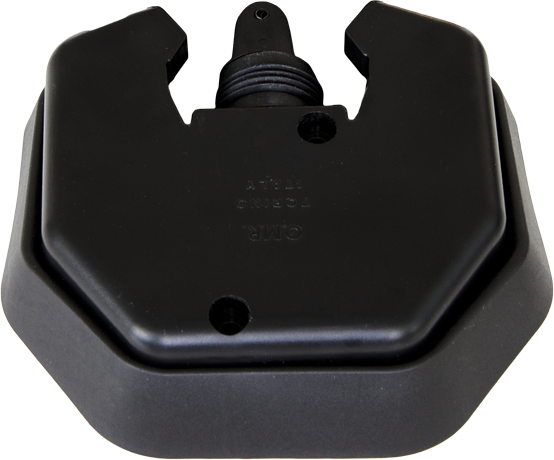
The pawl, which can be supplied in over 200 ciphers, is stainless steel coated and equipped with a dust flap for outdoor use in contact with the elements
The application of the OMR gravity ecological lock for also puts significant savings in waste bin management for both the citizen and the collection agency.
